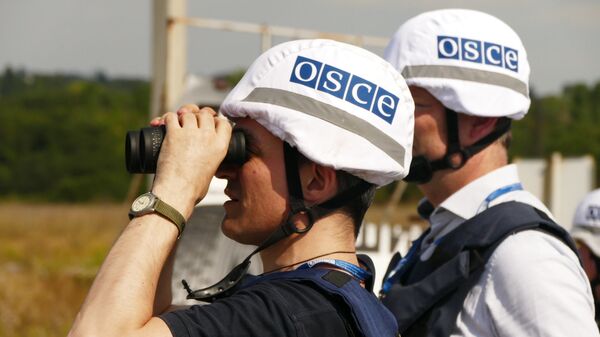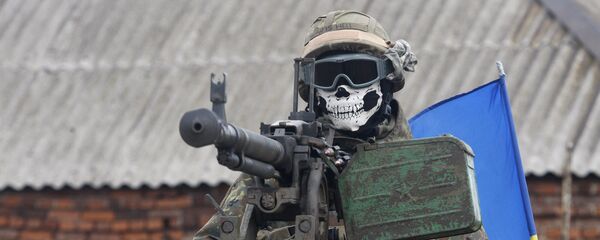MOSCOW (Sputnik) — Gryzlov said the Organization for Security and Cooperation in Europe is trying to determine who starts each shootout.
"It's very difficult for them, because shootouts mostly take place at night, and at night the OSCE SMM does not work. They can only register the presence of shots, but do not even determine from which side the grenades, mines or just someone's bullets are flying," he said.
Gryzlov said the SMM today "should register not only how many cases of shelling occurred, but to register how many on which side and who started first. Unfortunately, they do not cope with this today," he said.
In February 2015, Kiev forces and Donbass independence supporters signed a peace agreement in the Belarusian capital of Minsk. The deal stipulates a full ceasefire, weapons withdrawal from the line of contact in Donbass, as well as constitutional reforms that would give a special status to the Donetsk and Lugansk People's Republics. Despite the agreement brokered by the Normandy Four states (Russia, France, Germany and Ukraine), the ceasefire regime is regularly violated, with both sides accusing each other of multiple breaches, undermining the terms of the accord.


